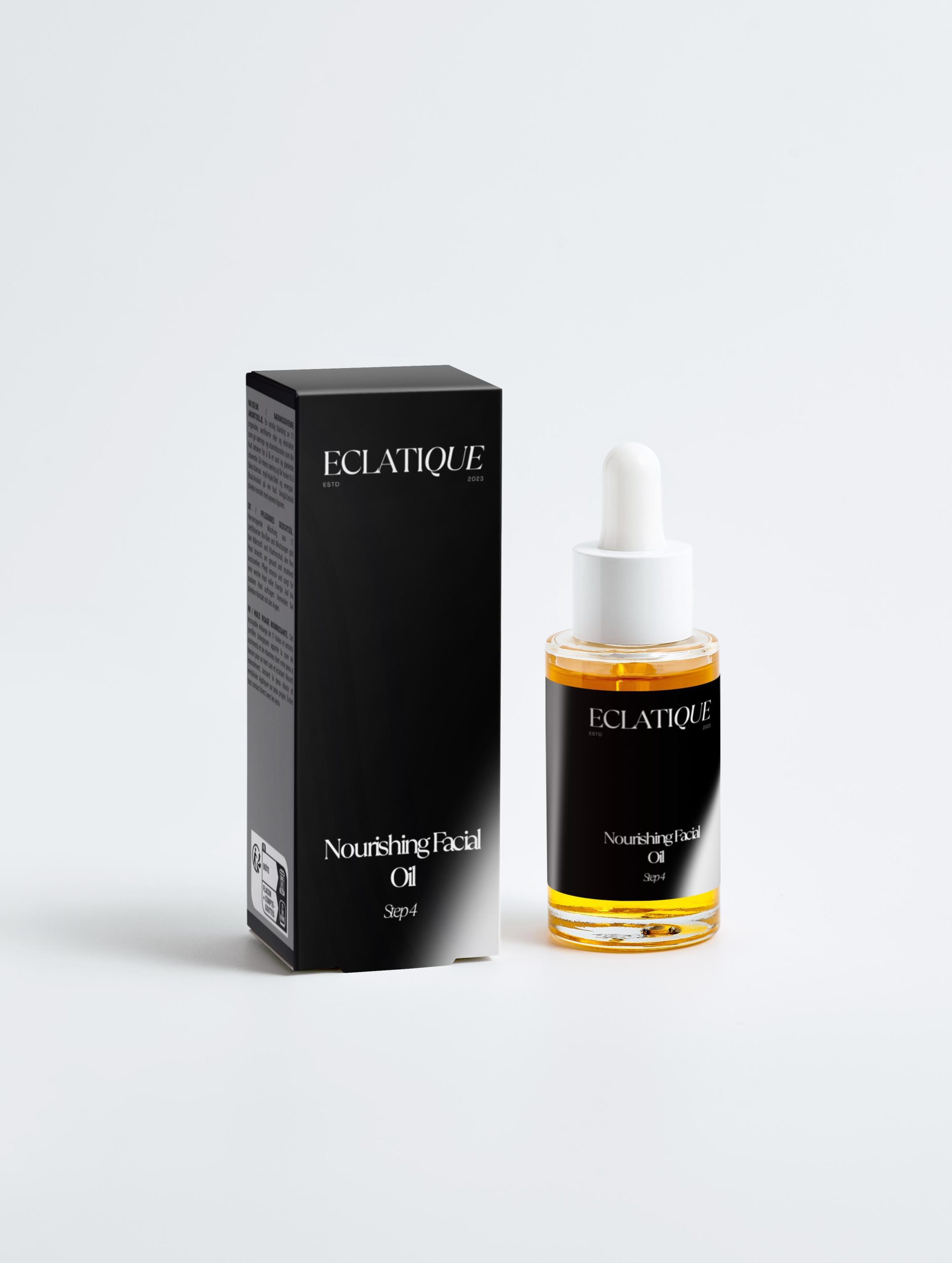
Serums vs. Oils: When and How to Use Each
It’s a common misconception that facial serums and oils are interchangeable. In reality, each serves a different, often very specific, purpose. The order in which these two products are applied can also significantly impact their effectiveness
In this article, we’ll explore the differences between facial serums and oils, so you know when and how to use each for optimal skincare results.
What are Serums?
Serums are lightweight, fast-absorbing formulations packed with potent active ingredients. They are designed to address specific skin concerns, such as hydration, brightening, or anti-aging. Serums usually have a watery or gel-like consistency, allowing for deep penetration and visible results.
Benefits of Serums:
Hydration: Serums containing humectants like glycerin and hyaluronic acid can hydrate the skin.
Antioxidants: Antioxidant serums, such as niacinamide and vitamin C, provide protection against environmental stressors.
Eclatique Serums:
Collagen Boost Serum: Suitable for all skin types, this serum helps with dehydration and fine lines.
Botox-Like Peptide Serum: Formulated with phytosterols, hyaluronic acid, and ginkgo extract, this serum is ideal for normal, dry, and mature skin.
Hydrating Serum: Soothing bisabolol and nourishing extracts provide hydration and vitamins for healthy-looking skin.
Vitamin C Serum: A stabilized form of vitamin C, ferulic acid, and sea-buckthorn offers antioxidant protection and promotes a youthful appearance.
Double Hydration Boost Gel: Suitable for normal, dry, and mature skin, this gel helps prevent moisture loss and enhances skin elasticity.
Pro Tip: Don’t forget to apply serums to your neck and chest area for complete benefits.
What are Oils?
Face oils are rich, water-free formulations derived from natural plant-based ingredients. They are known for their ability to lock in moisture, nourish the skin, and provide a protective barrier. Face oils are particularly beneficial for those with dry or dehydrated skin.
Benefits of Oils:
- Moisture Retention: Oils help replenish lost moisture and restore the skin’s natural balance.
- Anti-Aging: Oils containing antioxidants like argan oil can help prevent fine lines and wrinkles.
- Skin Barrier Support: Oils can help improve dry skin and other skin barrier issues
Eclatique Facial Oils:
- Calming Facial Oil: Suitable for all skin types, this oil helps improve dry and dull skin.
- All-in-One Facial Oil: This oil is ideal for normal, dry, and mature skin and helps hydrate and energize the complexion.
- Nourishing Facial Oil: A blend of 11 organic certified oils and extracts provides essential nutrients and vitamins.
- Natural Retinol-Alternative Oil Serum: Formulated with bakuchiol, jojoba oil, evening primrose oil, and others, this serum offers the benefits of retinol without irritation.
Pro Tip: If you’re concerned about enlarged pores, you can add a drop or two of facial oil to a gel-based product like Eclatique’s Double Hydration Boost Gel.
Serums vs. Oils: When and How to Use
For those with dry skin, face oils may be beneficial year-round. As occlusive agents, oils should be applied as the last step in your skincare routine to seal in moisture.
Serums, on the other hand, can be used in any routine. The best serums for you will depend on your specific skincare needs. Since serums are lightweight, they are typically applied before moisturizers. You can also layer them with a face oil if desired.
When choosing serums and oils, opt for products formulated with natural and organic ingredients.
Conclusion
Both serums and oils play important roles in a comprehensive skincare routine. By understanding their differences and selecting the best options for your skin type and concerns, you can achieve a beautiful and healthy complexion.






Leave a comment
You must be logged in to post a comment.